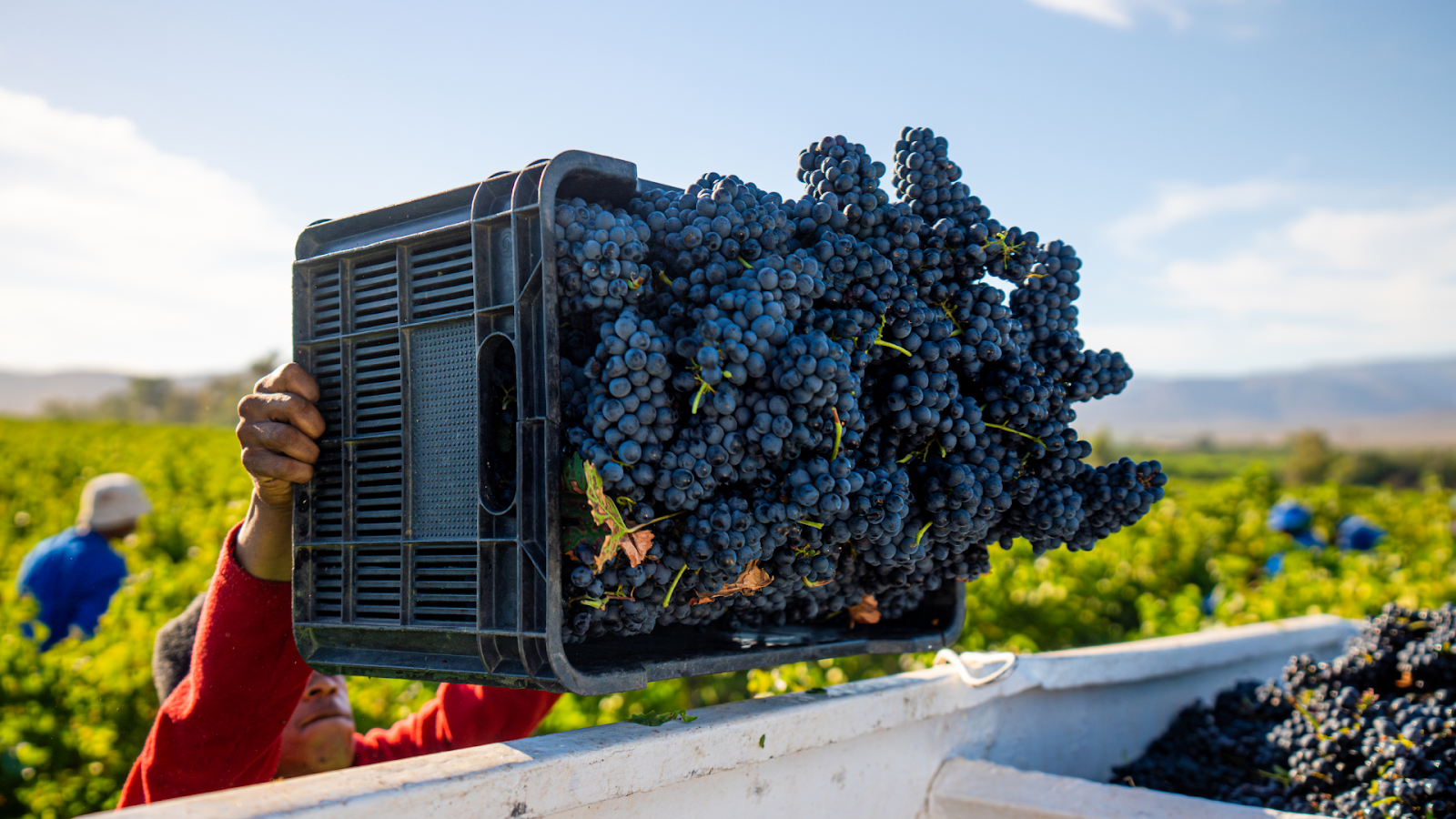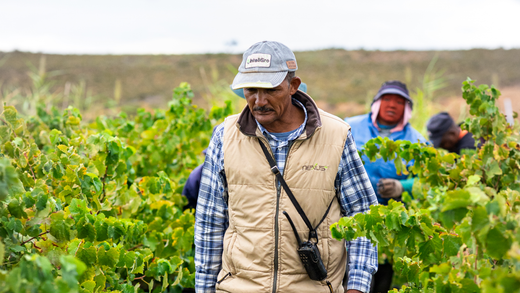Over the years, as we’ve pulled corks and refilled wine glasses, we’ve come to learn that wine is one of life’s greatest shared pleasures. Whether you are a novice or a connoisseur, enjoying a glass of wine can be an incredible experience. Unfortunately, many people find wine and choosing, serving, and describing it more intimidating than enjoyable. The sheer number of different types of wine seems daunting.
We’ll let you in on a little secret: there’s no right way to choose a wine that you like, never mind what the world’s experts would have you believe.
Wine is a very personal endeavour. An aroma or flavour that is pleasing to you may not be so to another. The trick is translating your preferences into words. Accomplish this, and you will add new dimensions to your enjoyment of wine.
In this blog, you will learn about all the types of wine and wine tasting. You will also gain some simple knowledge about the various varieties of wine, how they are made and how to taste and appreciate wine.
In many ways, beginning a quest for wine knowledge is like entering a whole new world: a new language to learn, new techniques to master, and so many beautiful selections of wine to taste. Enjoy the journey!

Alvi van der Merwe of Alvi’s Drift winery inspects one of his red wines.
How to Begin Understanding Types of Wine
You start by understanding, tasting and evaluating what’s in your glass. Tasting and buying wine and recording your impressions is an effective way to gain confidence in choosing and evaluating wine.
Here are five key tips to get you started:
Don’t let the “winespeak” intimidate you
By developing a rich wine vocabulary early on, you’ll find it easier to express your impressions and preferences. Winespeak can be intimidating. The multitude of phrases used to describe music fade into insignificance beside the acrobatics sometimes employed to describe the esoteric components of a fine rouge. Read up on the bottle you are about to enjoy, and Google a word or two if it seems Greek (like many words initially can, when new to the world of wine). Words like “tannin”, “mousse”, “sweetness”, “acidity”, and “body” are all wine descriptors regularly used when tasting.
At the end of the day, remember: grapes are just fruit. Each type of fruit has inherent characters, for example, Granny Smith versus Pink Lady apples. If we were exposed to more grapes than table fruit, we would be saying, “Wow, this gooseberry really tastes like a cold climate sauvignon blanc.” Since the reverse is true, we tend to refer to commonly available fruit to describe what we are tasting in wine.
The best starting point, therefore, is the fruit isle at your local grocer. Sure, fellow shoppers might think you’re a bit batty, but pick up and smell each fruit and vegetable. Read your favourite tasting notes and buy some of the fruits mentioned. Smell and taste the fruit, make notes, chat to friends, then taste the wines and see if you can pick up the flavours.
Taste as often as opportunity allows
This is the enjoyable (and most important) part! There’s no substitute for tasting, tasting, and more tasting. Try more than one wine at a time for the sake of comparison. Consider joining or starting a wine club, and when you do, buy a couple of bottles, cellar some so you can taste the evolution of the wine over a couple of years (or months).
Treat yourself to good wine
The most vivid and memorable attributes of a varietal (a wine made from a specific grape variety, such as Cabernet Sauvignon or Chardonnay), a growing region, or vintage is most easily discovered in wines of high quality. So, taste the best you can afford. That way, you’ll get a more distinctive palate (or taste) memory. Occasionally splurge on a truly great wine.
Experiment with the unfamiliar
Life is too short to restrict yourself to only specific varietals, wine regions or winemaking styles. Consider yourself blessed to be living at the height of winemaking’s golden age. In wineries around the world, vintners are perfecting the details of what it takes to make fine wine. Take advantage of an opportunity to taste a wine you’ve never heard of. You may decide you don’t like it, or it may prove delightful, opening up an entirely new avenue of wine exploration.
Be patient
No one becomes an authority in a day, a week, or even a month. Knowledge comes with experience, and experience is only gained with time and patience. And there’s always something new under the sun, even for the experts. Fortunately, the journey is as sweet as the destination. Whatever you seek to learn, which wine to serve with dinner, the differences between Chenin Blanc and Sauvignon Blanc, how to read a wine label, techniques for wine tasting, the first step of your journey starts here.

Several hundred grape varieties are used to make the world’s wines.
It’s All About the Grapes
If you’ve ever glanced at a restaurant wine list or browsed the wine aisle of the grocery store, you know there are a lot of different types of wine out there. But that’s just the tip of the iceberg. Several hundred grape varieties are used to make the world’s wines, resulting in different flavours. The sheer variety can make choosing just one bottle a bit overwhelming. Then again, isn’t it fun to consider the possibilities?
Although many kinds of grapes are used to make wine, only a fraction (the classic or noble grape varieties) produce truly superior wines.
For red wine, noble grape varieties include:
- Cabernet Sauvignon
- Merlot
- Pinot Noir
- Syrah
For white, noble grape varieties include:
- Chardonnay
- Chenin Blanc
- Riesling
- Sauvignon Blanc.
Other noteworthy grape varieties include such reds as:
- Cabernet Franc
- Tempranillo
- Pinotage
And such whites as:
- Gewurztraminer
- Muscat
- Pinot Blanc
- Pinot Gris
- Semillon
- Viognier
What Is a Varietal Wine?
A varietal wine is made primarily or exclusively from one grape variety. The minimum required percentage of the named grape is regulated by law and differs from country to country. In the “New World” winemaking countries - essentially South Africa, the United States, South America, Australia and New Zealand – most wines are named for the grapes from which they are produced.
However, wines from “Old World” countries like France, Italy, Portugal and Spain are usually named for the region in which the grapes were produced.
So, a South African wine made from Chardonnay grapes is labelled Chardonnay, but a French wine made from Chardonnay grapes might be called Chablis or Meursault (among other names), depending on the growing area.
If you are relatively new to the world of wine, it’s best to explore the principal varietal wines first and then branch out to the lesser-known varietals.
As you taste, keep in mind that wine grapes are products of the soil and climate of the vineyard in which they are grown; the same grapes can produce two wines that taste completely different.
Viticulture practices (the way the vines are tended and how much fruit they are allowed to produce), the vines’ age, the winemaker’s skill and philosophy, and winery equipment also enter into the equation.
Enjoy the Journey As You Explore Types of Wine
From beginning to end, wine is an experiential journey. At Alvi’s Drift, this quest is a crucial force behind the wines, and each year we strive to produce exemplary representations of vintage. Our aim is to create the purest expression of each cultivar’s unique personality through the artful blending of our vineyards and individual blocks and rows.
We invite you to taste and discover the beauty of Alvi’s Drift’s wide range of wines by browsing our online wine shop.
We look forward to sharing your foray into wine with you!







